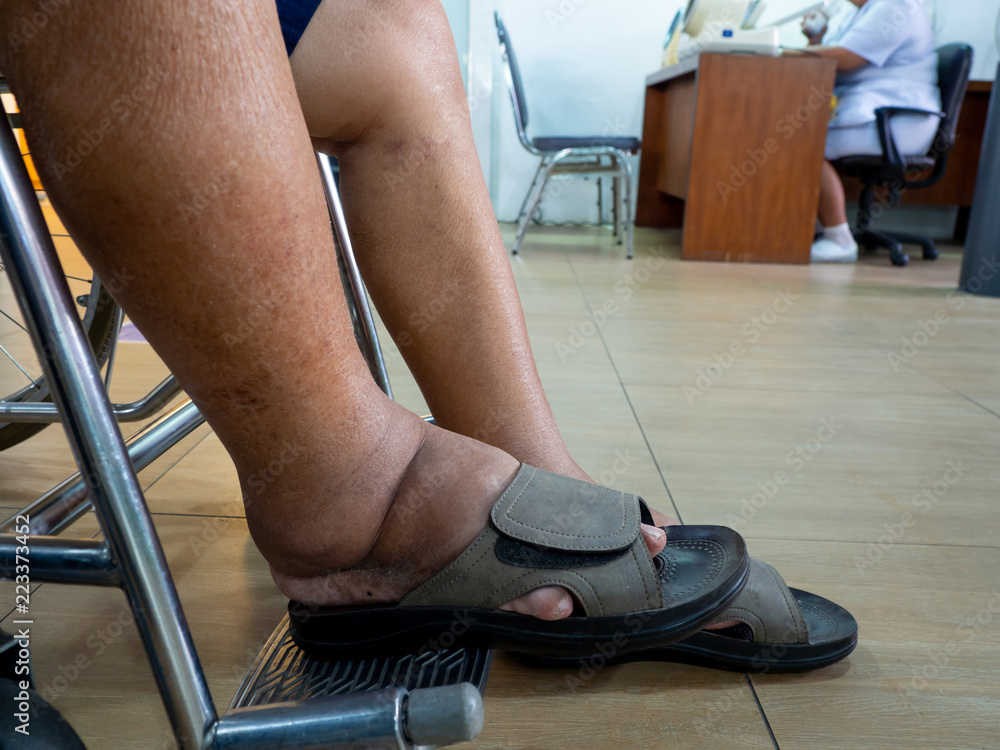May Thurner Syndrome

May-Thurner syndrome happens when the main vein in your left leg gets squished by an artery from your right leg. This squeezing can cause blood clots, leading to a condition called deep vein thrombosis (DVT) and sometimes a dangerous situation called a pulmonary embolism
Though MTS is not super common, it’s seen more often in women and adults between 20 and 50 years old.
Many folks with MTS don’t feel any symptoms, especially if they don’t have DVT. But if they do, they might notice things like heaviness, open sores, pain, skin color changes, swelling, or bulging veins in their left leg.
May-Thurner syndrome happens when the big artery in your right leg presses too hard on the main vein in your left leg. But doctors aren’t totally sure why this squeezing occurs.
To find out if you have MTS, your doctor will ask about your health history and symptoms, then do a physical exam.
Your doctor might use different tests to check your blood vessels, like:
- CT scans: They use special computers and X-rays to make pictures of your blood vessels.
- MRIs: They use magnets, radio waves, and special computers to make images of your blood vessels.
- Ultrasounds: They use sound waves to see inside your body.
- Venograms: They inject a special dye into your veins, then use X-rays to see how blood moves through them.
- Catheter-based venograms: They put a small tube into a vein, inject dye, and use X-rays to watch how blood flows.
- Intravascular ultrasounds: They put a tube into your blood vessels and use an ultrasound probe to see detailed images.
Treatment for MTS can include medication to stop blood clots from forming, as well as procedures like balloon angioplasty, thrombolysis, mechanical thrombectomy, stenting , or
surgery to fix the squished vein. It’s important to treat MTS because it can cause lasting problems like chronic leg swelling or pain if left untreated.
Your regular doctor can spot MTS and may send you to a specialist called an interventional radiologist for treatment. These specialists are pros at doing procedures like balloon angioplasty to fix blood flow problems.
You don’t usually need a referral to see an interventional radiologist. But, some insurances might have their own rules about this.
